I need to switch on and off an audio signal without clicking or thumping. I have tried the below circuit that I designed and simulated in LTspice, but it generates a thumping sound when I wire it up and test it. Also from the simulations in LTspice it can be seen that there seems to be an DC offset when I insert the probe within the swithcing section (between C8 and C9). Also on switching off there is a strange exponentioanl curve seen. I suspect that this is generating the THUMP. The signal from the generator is positive and it never goes to negative values.
I would like to generate a signal like this: S(t) = A * sin(t) The signal should be smooth turning on and off if A is an exponential function varying between 0-1 and 1-0.
A is implemented in the circuit by the two MOSFETs shunting.
Any suggestions on how to avoid the click / thumping? (I have tried to increase the RC constant R13, C2. It doesnt solve the problem. The reason for the push pull driver is to be able to drive current in and out with the same resistance so the rise and fall times will be similar)

